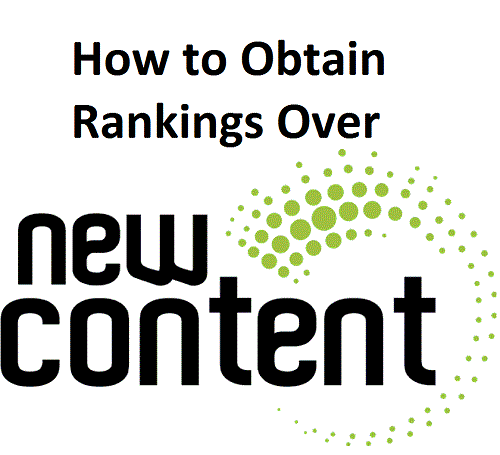The most significant challenges of SEO are to make sure Google search engines have visibility over your unique content. Normally, they may just show older content in search result pages. You require to be conscious that Google probably don’t discover your whole website, because of crawl budget limitations. Also, if your website posts unique content regularly (like blog, guest blog, article and website blog) your most significant content may not be found quick enough, not in complete or neither. The following are some essential questions you should ask yourself to be certain that you’re not losing key traffic opportunities on your new pages:
How Much of Your New Content Does Google Discover?
To obtain an answer, we require doing two elements:
- Obtain the inventory of new web pages, with a crawler set to discover the site regularly to observe changes.
- Find out which of these new pages, search by Google. Web server logs information is the only source for this detail: they record any individual hit on the website, wherever it comes from a user or a search engine robot.
A review that includes both factors sheds light on Google’s actions on your new pages. For example, of an e-commerce web page. The first graph info the web page as found by the web page crawler, displaying only new Web Pages. Only those in blue were researched by Google. The search engine’s actions will vary based on the kind of web page like product detail, pages and etc). So each kind of web page is shown in an individual bar.
Does your website goal to produce important traffic from mobile devices? Then, you may also have an interest in finding out which but researched your new Web Pages, as proven in the bottom chart.
Does New Web Pages Begin Generating Traffic Right Away?
Among new pages researched by Google (Search engines), some start off traffic while others don’t. Which are getting traffic? Those that do – a part of web pages indexed by Google are called effective web pages in the chart below. If the site crawler has exposure over the date the page was included in the site, for example by getting the book date from the post pages on a posting website, then you can get even more understanding by looking at the delay between each step in the organic traffic: publication vs. Date of first crawl by Google vs. Date of first visit created from Google results.
Does your site Structure Enhance Your New Web Pages the Way They Deserve?
A few of your new Web Pages weren’t even indexed by Google. Why is that? Their detail on the website structure and the number of internal links they receive affects online search engine crawl intensely. Here is, for our past example, the submission of incoming links to new Web Pages. The blue line suggests the selection of links by percentile for the whole web page. The submission of new WebPages in the different percentiles is displayed in yellow.
What about Content?
Internal linking is about web page option crawlers. Another perspective reason for pages not getting crawled may be bed content quality. If a certain kind of webpage tends to have slim content or little exclusive content, which Google will know, depending on Web Pages of the same kind crawled formerly – it does not give a reason to try to crawl more of these web pages at every chance. Very poor content top quality may also be one of the factors why some new WebPages are crawled by Google, but don’t produce traffic: they are not sufficiently good to rank.
Astha Technology provides complete visibility of your new pages, along with the rest of your web page. It is the only SEO device in the industry that includes a website crawled and web server logs, research along with segmented opinions of your web page and tons of other key analytics, providing remarkable ideas into SEO main concerns. With Astha Technology, you get anything you require to make the correct choices and get results.






 Germany
Germany India (Headquarter)
India (Headquarter)